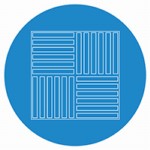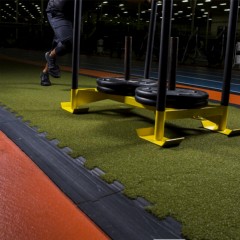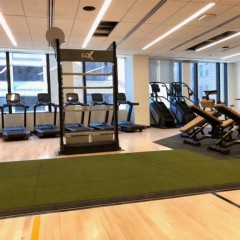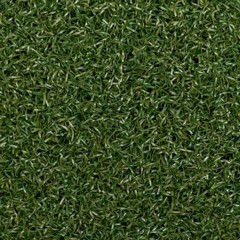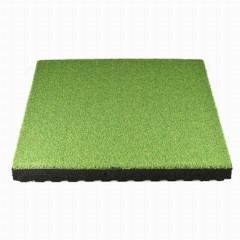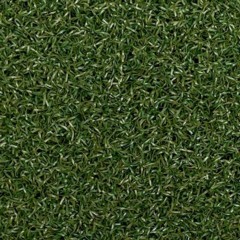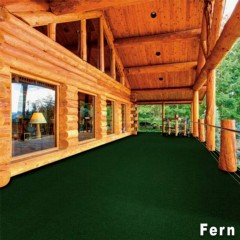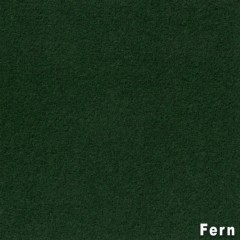Options for Artificial Turf Tiles
When you want a highly versatile flooring option, artificial turf tiles from Greatmats are made for interior or exterior use. If you can’t install hefty rolls of fake grass, our indoor and outdoor turf tiles have a manageable size and weight for DIY installations.
They have a look that resembles real grass in a lawn or yard. When you want to create a layout that looks like the real thing without requiring mowing, weeding, watering, and fertilizing, Greatmats gives you the ideal solution. Let our manufacturers and designers do all the work to create and ship you a beautiful green space … while you take all the credit.
Types of Straight-Edge and Interlocking Turf Tiles
We offer two different designs of our turf tiles for gym or outdoor use.
Interlocking Turf Tiles
Our interlocking turf tiles use a jigsaw-puzzle edge that tightly secures adjacent pieces. You don’t always have to use adhesive with the interlocking edges, meaning these can work for a temporary installation.
Straight-Edge Turf Tiles
For straight-edge turf tiles, we offer:
- Quad Blok: The rubber Quad Blok backing uses a hidden connecting system and adhesive to secure the tiles.
- Peel and Stick: Our peel-and-stick tiles use a pre-applied adhesive to secure them to the subfloor.
Features and Benefits of Artificial Turf Tiles
Some of the key features and benefits of installing our artificial turf tiles include:
- Indoor or outdoor use
- Easy-to-handle size
- Durable design
- Permanent or temporary installations
- Rectangular or square shapes available
- Rubber base layer for cushioning
- A design that simulates real grass
- Different colors available
Where to Use Synthetic Grass Tiles
You can deploy our synthetic grass tiles in a variety of locations, including:
- School gymnasiums
- Athletic facilities
- Home gyms
- In areas with moisture
- In areas with weather exposure
- Basements
- Patios
- Decks
- Rooftop gathering areas
Artificial Turf Tiles Q&A
How do you connect turf to gym flooring?
To
connect turf to gym flooring, you’ll usually want to use glue or adhesive. Follow the specifications from the manufacturer for the type of adhesive or glue to use. If you place the artificial grass tiles over rubber flooring, you receive significant noise reduction.
What are the best portable grass mats for indoor gaga ball pits?
The
best portable grass mats for indoor gaga ball pits usually are interlocking turf tiles or portable rollup turf. By using portable rolls and artificial turf squares, you can create the exact coverage size that you need. When the game is over, pick up the tiles or rolls and put them in storage until next time. One of the most popular turf products for our Greatmats customers is the
Gym Turf 365 Portable Sports Turf Roll.
How long does artificial turf grass last?
The
lifespan of artificial turf grass can be 10 years or longer. At Greatmats, we offer a range of artificial grass squares that have excellent build quality and longevity. What our customers often find is that our indoor synthetic turf products last even longer than the manufacturer’s warranty periods.
